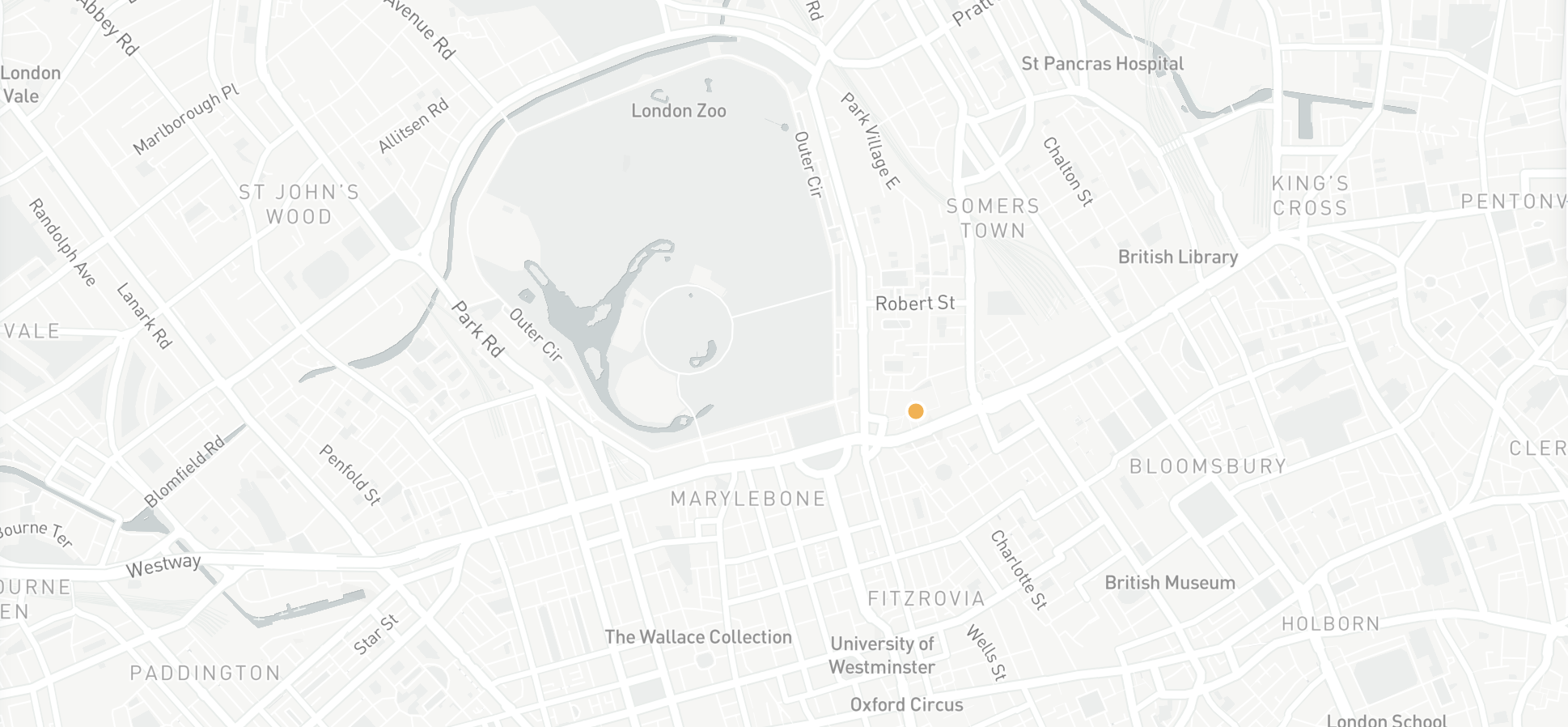How to improve your problem-solving at work: skills, models and examples
Whether you’re a seasoned manager or in a junior role, you’re bound to encounter challenges that need tackling head on during your week. And when it comes to overcoming them, fine-tuned, well-honed problem-solving skills are the way to do it.
If your problem-solving has been off in the past, then it can be difficult to take a step back before you act. Luckily, problem-solving is a skill to be learned like any other.
To help you get to grips with this valued skill, we’ll define problem-solving in detail, show you why it matters, and offer some pointers for improving your problem-solving skills.
Quick links
- What are problem-solving skills?
- Why are problem-solving skills important?
- 7 tips for problem solving
- How to improve your problem-solving skills at work
- How to show problem-solving skills on your CV and at interviews
What are problem solving skills?
Problem-solving skills let us take on issues without resorting to hasty decisions and snap judgments. They allow us to better understand the challenges before us so we can come up with solutions for dealing with them.

Depending on the problem, you might find yourself leaning on skills like active listening, teamwork, creative thinking or mathematical analysis. Whatever you use to reach a solution, problem-solving is a valuable soft skill that most employers will look for in potential employees.
Why are problem-solving skills important?
Having well-honed problem-solving skills is important because it is inevitable that problems will crop up, and dealing with them with efficiency and grace will ensure they’re solved quickly and don’t have time to fester and disturb productivity. Let’s take a look at which skills are worth honing…
- Greater time management skills: When you know how to approach a problem, greater time management skills tend to come naturally. Balancing your time more efficiently allows you to weigh up your options with a considered approach, leading to fewer hasty decisions that could worsen a problem.
- More creative thinking: Those with strong problem-solving skills can always see the opportunity in a challenge. By tackling problems with innovative solutions, you might find that the result is stronger than you expect.
- Improved performance under pressure: When deadlines loom or change is on the horizon, a lack of problem-solving skills could lead to poor solutions. Because they’re naturally geared towards dealing with the unexpected, problem-solvers are less inclined to feel pressure when it arises.
- Greater addressing of risk: As well as the ability to deal with the issue itself, problem-solvers are well-equipped to address problems that could spring up later down the line based on trends, patterns and current events. This allows them to possess a degree of control over the future.
7 tips for problem solving
There are several problem-solving models out there, but typically, they follow the broad steps below.
1. Define the problem
Take a step back and analyse if there are multiple problems, what is causing them, and how these problems affect you and others involved.
2. Identify potential solutions
While you may have only come up with one solution to a problem in the past, brainstorming several alternatives is a better approach. Ask colleagues for their input and get some insights from those with experience of similar problems.
3. Evaluate your solutions
Once you have a list of solutions, you need to evaluate them further before acting. What are the positive and negative consequences of each? What resources will you need to carry them out?
4. Choose a solution
Your evaluation should clarify which solution best suits the problem. Now it’s time to put that solution into practice. Your solution should be practical and ensure that more problems aren’t created from it.
5. Put the solution into action
Once you’ve decided on the right solution, it needs to be implemented. Your action plan should include measurable objectives, timelines, and feedback channels that allow you to monitor its success.
6. Assess how effective the solution is
You’ll need to measure how things are progressing to ensure the solution is working as intended. Doing so means you can course-correct should further surprises arise, or else go back to alternative solutions.
How to improve your problem-solving skills at work
Look for opportunities to solve problems
The more you practice something, the better you’ll be. Don’t wait for problems to arise – keep an eye out and hone your skills before the problem arises.
Observe how others solve problems
A great way to quickly gain skills is to observe how others use their years of experience to demonstrate these skills and avoid problems.
Familiarise yourself with practice problems
There’s a wealth of resources in print and online that you can use to improve your problem-solving skills, so be sure to lean on these to enhance your skills.
How to show problem-solving skills on your CV and at interviews
As we’ve explained, problem-solving is highly valued by employers, so you’ll want to highlight such abilities on your CV, cover letter and in interviews.
Think back to previous roles for examples of when you used problem-solving skills. Employers will be looking for concrete examples, so be sure to mention them in your cover letter and have them ready in preparation for your interview, where you might be called on to explain how you dealt with problems you’ve encountered in previous roles.
Likewise, you may be asked hypothetical questions to show how you would solve problems. Base your answers on the steps above, and use the STARR method in conjunction with previous instances of problem-solving to give a detailed yet concise response.
Click here for the latest news and features from SEFE or visit our homepage to find out about our latest career opportunities.
The views, opinions and positions expressed within this article are those of our third-party content providers alone and do not represent those of SEFE. The accuracy, completeness and validity of any statements made within this article are not guaranteed. SEFE accepts no liability for any errors, omissions or representations.








